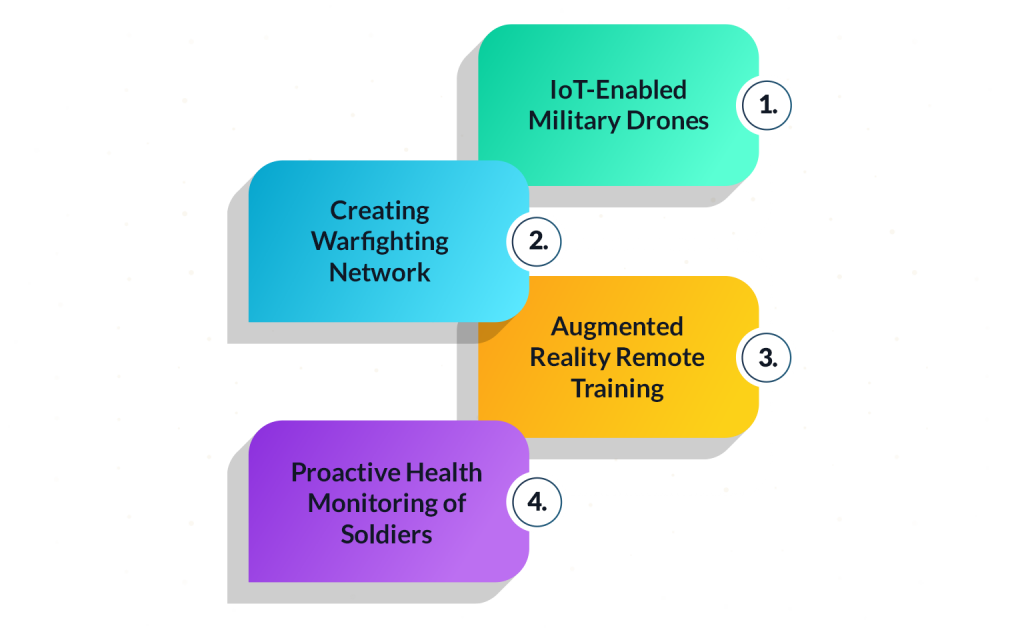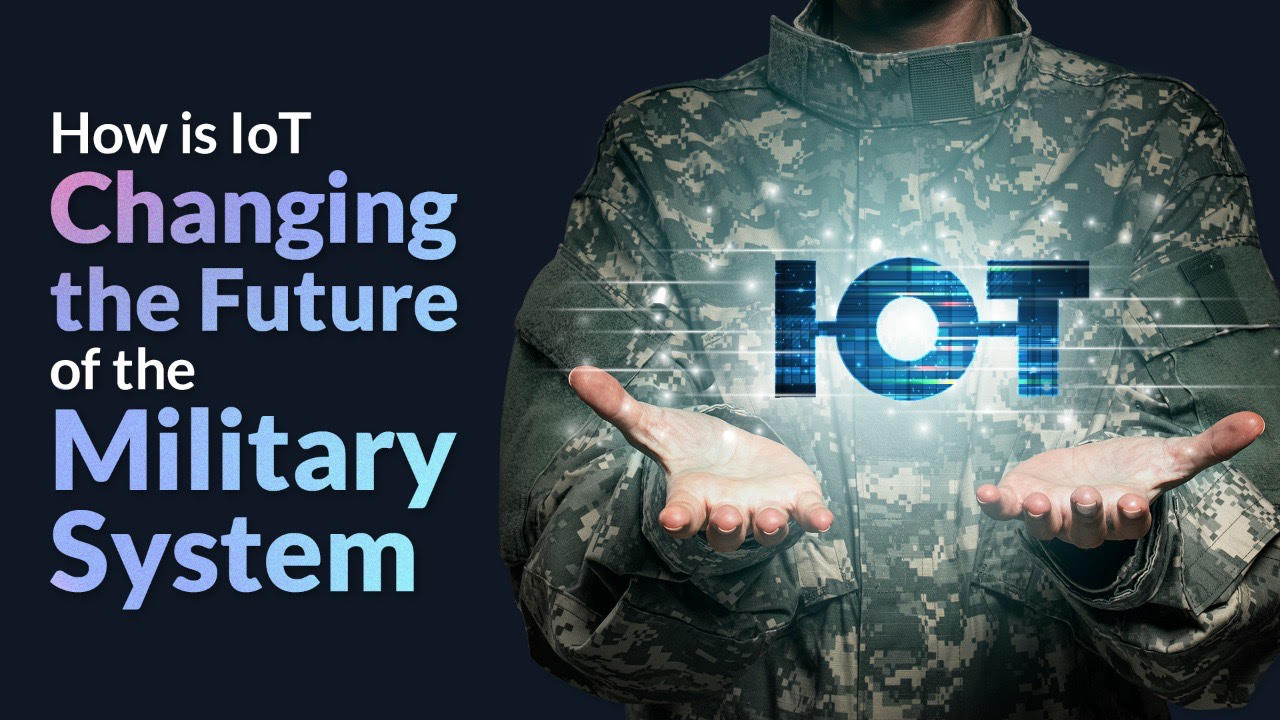Dark skies, thunder lighting, illumination of bright lights, and terrifying firework display seem like a star wars battle is being revisited in the skies– intensifying the Israel-Gaza conflict that took place on 6th August 2022.
It might sound like aliens fighting a battle, but not to be surprised, these sudden wars are high-tech and full of smart connected weapons. Last I remember was that the Russia-Ukraine war spiked in late January and continues till the day I’m writing this blog.
Nevertheless, these wars are a clear example of how our modern world has equipped so much potential to draw these ubiquitous battles with the support of high technology weapons and protective gears.
Take an example of an iron dome which was recently seen as a point of discussion in the Israeli defense system. The composition of the iron dome is built on the AI system that traces the short range of rockets and missiles under the attack. Meanwhile, Israel uses AI technology, and the iron dome has connected smart optical sensors that can detect intensely loaded projectiles during daylight.
With the intervention of IoT in the military, scientists are designing high-tech combat gear embedded with sensors to help soldiers identify the enemy, perform better in battle, and empower smart weapons in the defense system.
Now that we have a technological bent of mind, countries are investing a hefty amount in developing the internet of military things to automate everything in a real-time environment.
Even though the concept is already implemented in a few countries, it has seen a great eye opener for the world to address real military issues that the fast-acting innovative defense technology can only solve.
The Emergence of IoT in Defense System: A Honest Breakthrough
With IoT being central to all activities, the military is hungry for the technology and tools that improve communication, routing, and information processing in real-time. But the challenge remains to defense leaders who wish to adopt these technologies but are threatened to use them due to their complex framework and knowledge. This section will explain the broader array of applications of IoT in defense systems and how leaders can choose which of them suits their end goal.

IoT-Enabled Military Drones
Drones are always a spot of discussion in the accelerating era of technology. Drones are unique multi-functional technology from becoming a piece of logistic equipment to a fully autonomous entertainment toy.
The military’s use of drones has completely changed how defensive policies are developed. Defense forces worldwide employ these UAVs for surveillance, combat missions, and target decoys, which is evidence of their success.
Over 80,000 drones will likely be purchased in the next ten years for surveillance and over 2,000 for attack purposes. Even though UAV technology is expensive—a single unit may cost as much as 15 million US Dollars—these high estimations still hold.
Creating Warfighting Network
The military can improve the efficiency of their intelligence, surveillance, and reconnaissance systems by gathering data from various military platforms, such as aircraft, weapon systems, ground vehicles, and soldiers. As a result, the armed forces will be able to identify significant threats more quickly and accurately because of this plethora of information.
The Command, Control, Battle Management, and Communications System, or C2BMC, of the Missile Defense Agency is one example of an IoT-enabled warfighting network. It uses 48,000 miles of underground communication network lines.
The C4ISR system links the various components of the Ballistic Missile Defense System (BMDS) of the U.S. military into a single system of strategies to combat threats worldwide.
Augmented Reality Remote Training
Automated models are developed using real-world historical data from the field, and a real-time training simulation environment is provided. The VR/AR gear is attached to the combatants and then transported to the virtual environment to record and evaluate the accuracy, emotional check, movement speed, and other metrics.
By practicing in this environment without risking physical harm, soldiers can improve their aim and precision as they prepare for the actual battle.
Proactive Health Monitoring of Soldiers
Knowing a soldier’s health state is another use of IoT in defense and the military. Sensors are inserted inside their uniforms to track or monitor their physical and mental wellbeing. For example, heart rate, body temperature, thermal distribution, and some behavioral traits like speech patterns can all be monitored by sensors.
In addition, doctors can make advance arrangements for medical equipment based on their needs by sharing real-time information about their patient’s conditions.
Final Word
The usage of IoT in the military and defense has become essential due to the rise in anti-military actions. By incorporating IoT into current military infrastructures, combat casualties in terms of people and equipment can be significantly decreased. Integrating IoT in rescue, and combat can help integrate the rising military issues in coming years.





